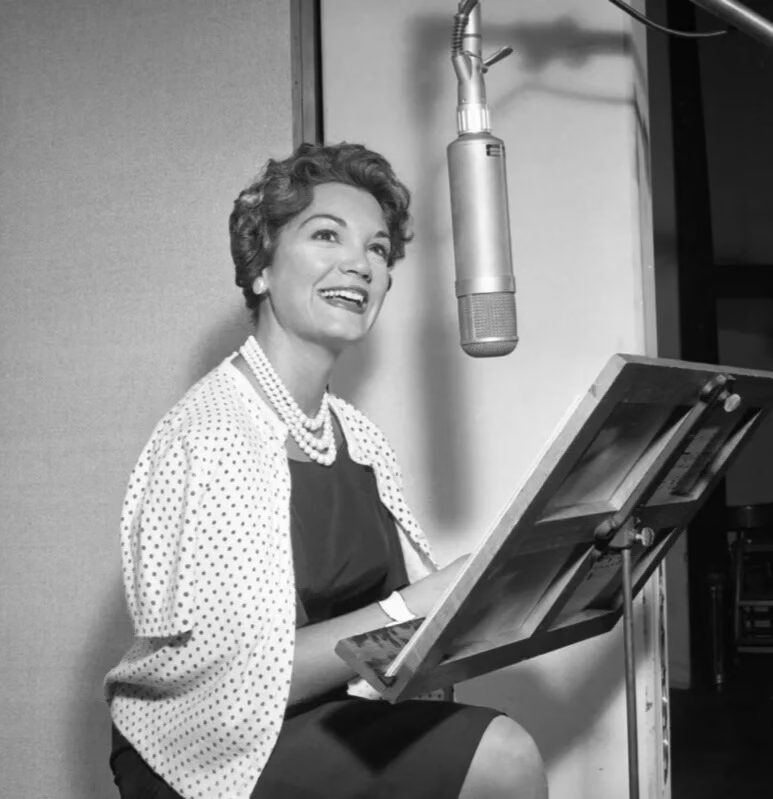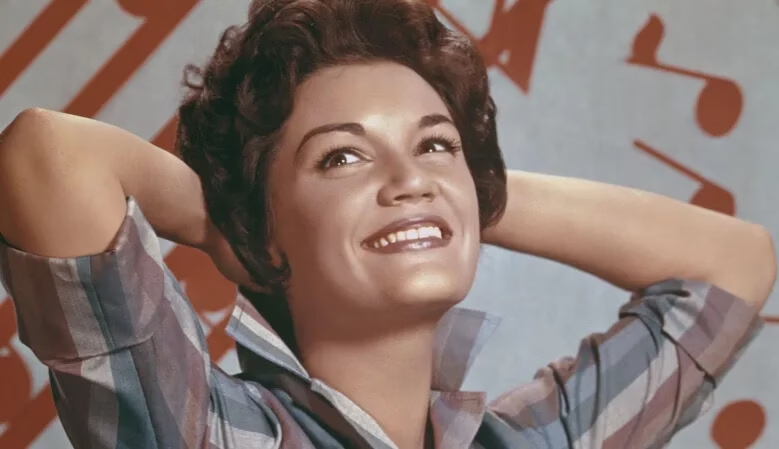
Introduction to the Timeless Icon: Connie Francis
Connie Francis, born Concetta Rosa Maria Franconero on December 12, 1937, in Newark, New Jersey, United States and grew up in working Italian- American working class in Brooklyn, New York. She was more than just a singer; she was an era defining lady which echoed for generations until now. Known for her stunning vocal range, Italian-American charm, and heartfelt delivery, she captured the hearts of millions across the globe with best known for the hit song “Who’s Sorry Now?” “Pretty Little Baby” and so on.
She started her journey from a humble background encouraged by her Father to becoming a global superstar. In 1960’s , she became the first women to top the Billboard Top 100 and remains one of the most inspiring figure in American music history ever lived. With countless chart-topping hits, multiple accolades, and an undying influence on pop music.
Breakthrough and Rise to Stardom
The Turning Point
Her breakthrough came in 1958 when she recorded “Who’s Sorry Now?”. Originally, the song exploded in popularity after being depicted at the American bandstand. It reached No. 4 on the Billboard chart and made Connie a household name. Initially the song was overlooked and Connie said that she recorded the because of father’s insistence.
Chart Success
Following the success of her debut hits, Connie churned out back-to-back chart-toppers with “Stupid Cupid”, “Lipstick on Your Collar”, and “Frankie”. Her girl-next-door charm combined with powerful vocals became her signature.
Becoming a Teen Idol
In the late ‘50s and early ‘60s, Connie Francis was arguably the most successful female pop artist in America. She was adored by teens and parents alike, paving the way for future female performers.
Musical Versatility and Multilingual Success
Connie Francis is probably one of the few singers in the world, who was able to sing in many languages. She recorded several songs in Italian, Spanish, German, yidish and Japanese languages. This linguistic versatility helped him join the audience all over the world and staged his position as an international star loved by all.
Especially her Italian album met a deep emotional touch with listeners of Italian heritage. Songs like “Mama” and “Torna A. Surriento” brought traditional Italian feelings to modern pops, bridge generations and cultures.
Film Career and Cultural Impact
Apart from her music career, Connie Francis also made her significance in the Hollywood. She appeared in several films during the 1960s, especially “Where the Boys Are” (1960), which was a box office hit and expanded her fan base all over the world. During the post -War time, the film’s title track became a hymn for young women during the post war era and is one of their most recognized song of her time.
Her presence on the TV type Show, movie soundtrack and global scene helped her become a pop cultural icon. She embodied the image of a strong -willing American woman, and inspired several hopeful female artists.
A Farewell to a Legend : Connie Francis
On July 17, 2025, the world bid farewell to Connie Francis, who passed away at the age of 87. According to family sources, the cause of death was complications due to natural causes related to age as she was admitted to a Florida Hospital two weeks ago due to ‘extreme pain ‘.

Her friend Ron Roberts confirmed her death on Thursday.
“It is with a heavy heart and extreme sadness that I inform you of the passing of my dear friend Connie Francis last night. I know that Connie would approve that her fans are among the first to learn of this sad news. More details will follow later,” Roberts, who serves as the president of Connie’s record label Concetta Records, posted on Facebook.
Legacy That Lives On
Connie Francis’s contributions to music, film, and culture remain indelible. She was:
- The first woman in history to have back-to-back No.1 singles on the Billboard charts.
- A pioneer for women in pop, opening doors for the likes of Madonna, Celine Dion, and Adele.
- A cultural ambassador, introducing American pop to international audiences with grace and authenticity.
Her music continues to be streamed by new generations, and her legacy is preserved through music libraries, tribute shows, and biographical documentaries.



